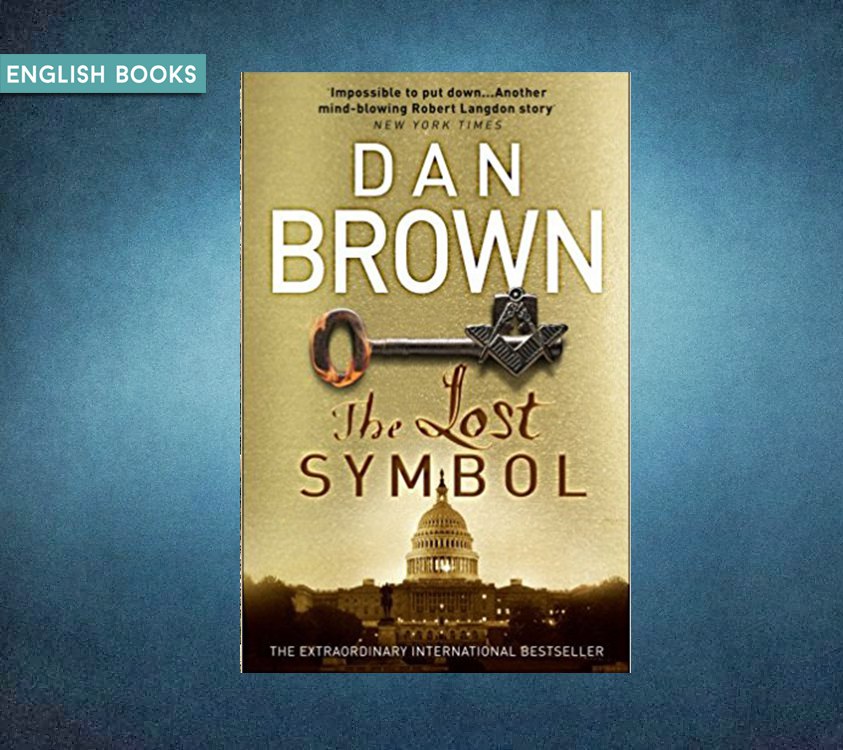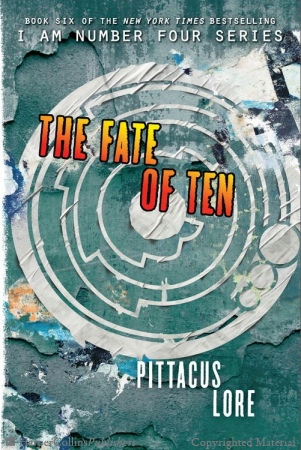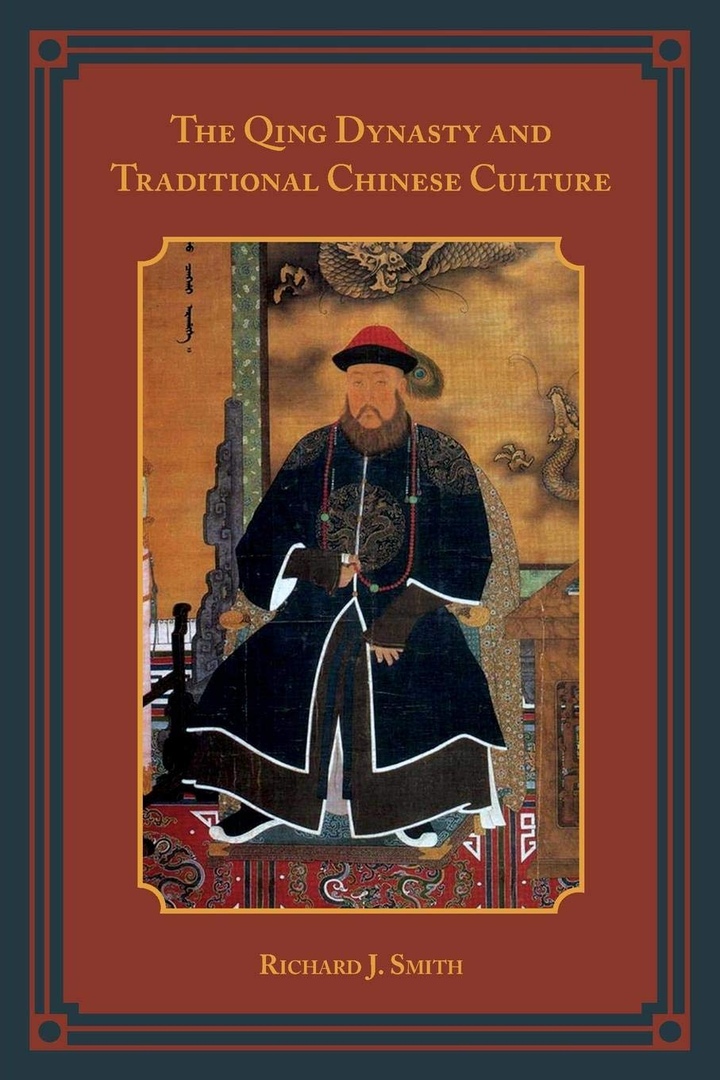Historical Dictionary of Ancient Southeast Asia
1) Historical Dictionary of Ancient Southeast Asia – John N. Miksic
Scarecrow Press | 2007 | PDF
Anyone who has seen the stunning ruins at Angkor, Bagan, and Barabudur will readily understand why Southeast Asia is the host of so many United Nations Educational, Scientific, and Cultural Organization World Heritage Sites. As beautiful as the spiraling towers, intricate carvings, and delicate bas-reliefs adorning these monuments are, however, they just barely scratch the surface of the immense historical and cultural heritage of the region.
Covering the countries of Brunei, Cambodia, Indonesia, Laos, Malaysia, Myanmar, the Philippines, Singapore, Thailand, and Vietnam during the period from the first to the fifteenth century, the Historical Dictionary of Ancient Southeast Asia helps us comprehend the vast and complex history of the region through a chronology, a glossary, a bibliography, an introduction, appendixes, maps, photographs, diagrams, and hundreds of cross-referenced dictionary entries on the major (and many minor) sites, the more significant historical figures, the kingdoms they ruled over, the economic and social relations between them, and the artistic, cultural, and religious context.
2) Historical Dictionary of Ancient Egypt – Morris L. Bierbrier
Scarecrow Press | 2008 | PDF
The great pyramids of Giza, Tutankhamun, the Great Sphinx, Cleopatra, and Ramesses II: the names and achievements of Ancient Egypt are legendary. Situated along the Nile River, the Ancient Egyptian civilization began around 3150 BC and lasted over three millennia until it was conquered by Rome in 31 BC.
The second edition of the Historical Dictionary of Ancient Egypt expands upon the information presented in the first with a chronology, an introductory essay, appendixes, a bibliography, and hundreds of cross-referenced dictionary entries on Egyptian rulers, bureaucrats, and commoners whose records have survived, as well as ancient society, religion, and gods.
3) Historical Dictionary of Ancient Israel – Niels Peter Lemche
Scarecrow Press | 2003 | PDF
Of the many ancient civilizations we are aware of, few are smaller than the ancient Kingdom of Israel. Small both in geographical area and population, it was barely noticed by the major civilizations of the time in Egypt, Mesopotamia and elsewhere, which either ignored or crushed it. Yet, several millennia later, Israel is the civilization we remember most acutely, which we know – or think we know – the most about, and which has even been revised after a manner. Alas, what we know – or think we know – about Israel comes partly from the Old Testament and partly from fragmentary and sometimes distorted bits of historical evidence.
For these very reasons, because Ancient Israel means so much to us and because we actually know so little for sure, this Dictionary is particularly important. It examines the usual sources in the Old Testament and surveys the findings of more recent archaeological research to help us determine just what happened and when, a far from simple task. It includes entries on most of the persons, places, and events which are generally considered, and shows more broadly what the Kingdoms of Israel and Judah were like and what role they played in the ancient world, but it also defines them as closely as possible according to the latest data. While the results may differ from traditional views, they are essential correctives.
4) Historical Dictionary of Mesopotamia – Gwendolyn Leick
Scarecrow Press | 2009 | PDF
The Greek name Mesopotamia means “land between the rivers.” The Romans used this term for an area that they controlled only briefly (between 115 and 117 A.D.): the land between the Euphrates and Tigris rivers, from the south Anatolian mountains ranges to the Persian Gulf. It comprises the civilizations of Sumer and Akkad (third millennium B.C.) as well as the later Babylonian and Assyrian empires of the second and first millennium. Although the “history” of Mesopotamia in the strict sense of the term only begins with the inscriptions of Sumerian rulers around the 27th century B.C., the foundations for Mesopotamian civilization, especially the beginnings of irrigation and the emergence of large permanent settlements, were laid much earlier, in the fifth and fourth millennium.
The second edition of the Historical Dictionary of Mesopotamia defines concepts, customs, and notions peculiar to the civilization of ancient Mesopotamia, from adult adoption to ziggurats. This is accomplished through a chronology, an introductory essay, a bibliography, appendixes, and hundreds of cross-reference dictionary entries on religion, economy, society, geography, and important kings and rulers.
5) Historical Dictionary of Ancient and Medieval Nubia – Richard A. Lobban Jr.
Scarecrow Press | 2004 | PDF
The Historical Dictionary of Ancient and Medieval Nubia covers the period from the Paleolithic, all the periods of ancient Nubia (Predynastic, Kerma, Dynasty XXV, Napatan, Meroitic, Post-Meroitic) and to the end of medieval Christianity in Nubia (Sudan). This resource focuses on Nubian history through a Nubian perspective, rather than on the more common Egypto-centrism perspective, and the coverage is based on the latest and best archaeological and epigraphic evidence.
Newly created maps of the general area and its specific regions and place names and a photospread showing important related features of the region are included. A detailed chronology provides a timeline of historical events, and an introductory narrative shapes the overall history and leads to the main body of the work in the form of a cross-referenced dictionary. The descriptive entries cover the main features of the region in the various periods that are key not only to Nubian events, but also to the important interactions they had with Egypt to the north. Nine appendices and an extensive bibliography conclude this work.
Lobban has been teaching Nubian studies in undergraduate classrooms for thirty years, and this book is a product of his hands-on experiences as well as extensive anthropological fieldwork and travel in Sudanese and Egyptian Nubia.
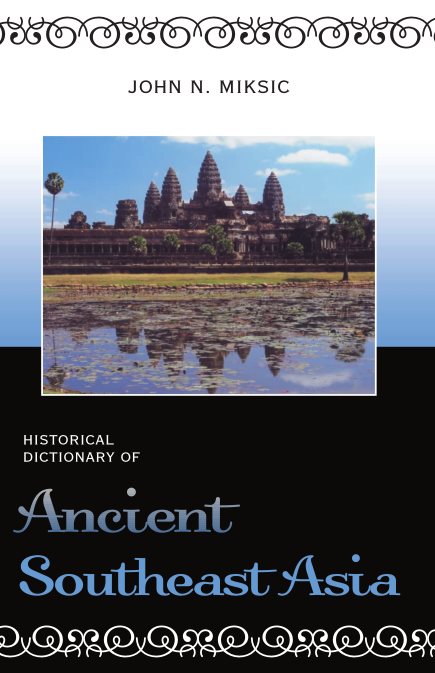 1 / 5
1 / 5 2 / 5
2 / 5 3 / 5
3 / 5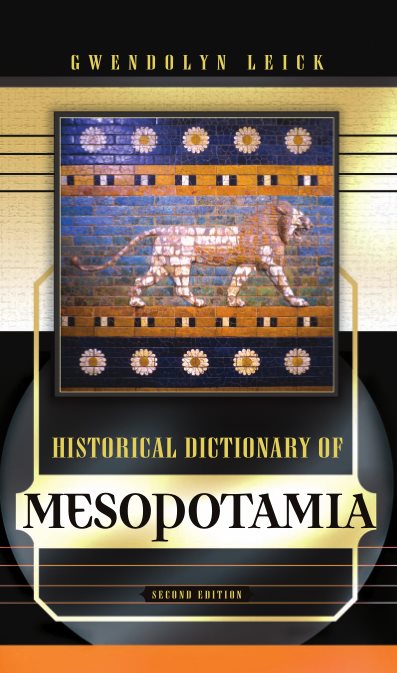 4 / 5
4 / 5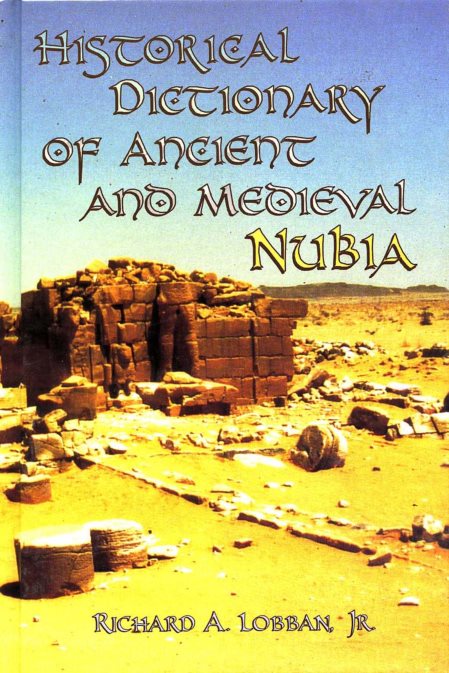 5 / 5
5 / 5